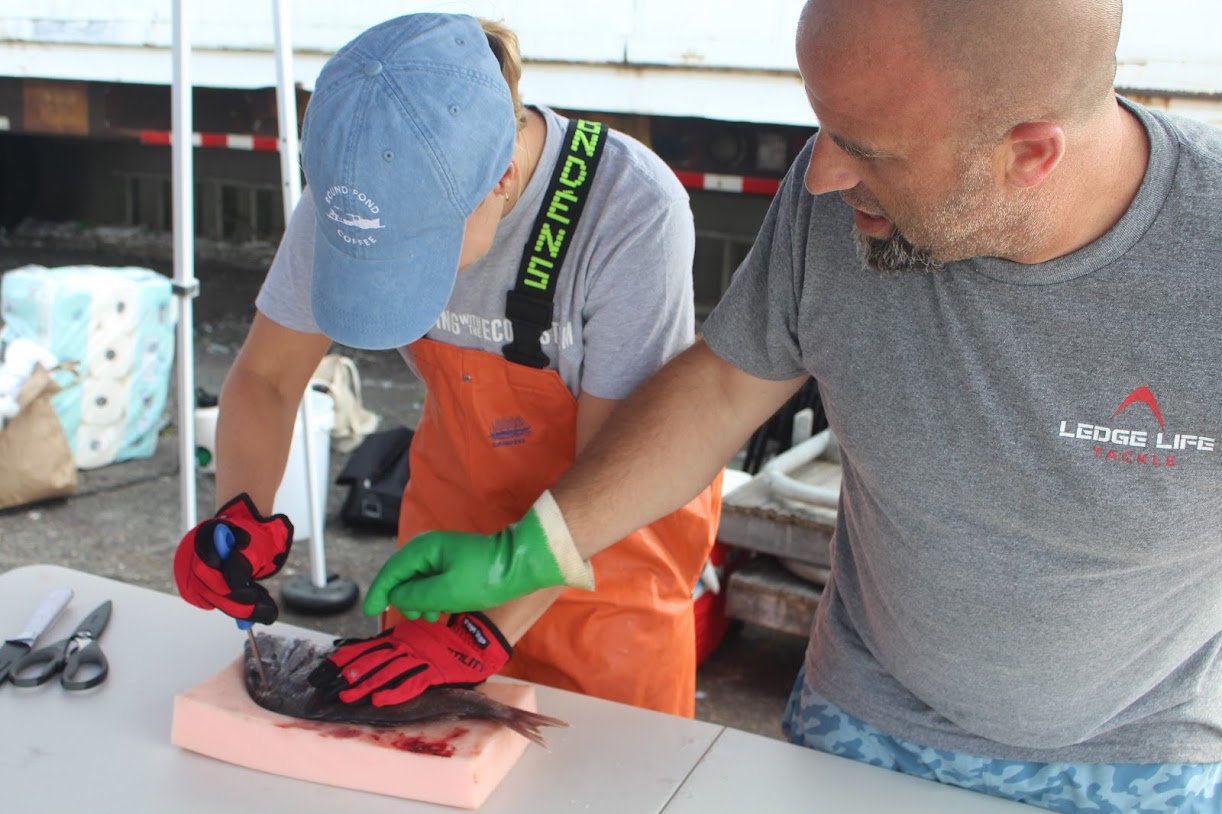It’s a Matter of Taste: Defining Local Food is Difficult
May 6, 2016
Is local food about location or practices? After all, even monoculture farms and factory farming are local to someone. A rural egg farmer may be operating less than a mile from your home, but the farm keeps its hens in battery cages. The business is certainly a local food producer, but some consumers may be against the farm’s practice of keeping hens in crowded cages.
The farmstand on the outskirts of the city sells locally grown corn, but it’s GMO corn. Some consumers don’t consider genetically modified food local.
Defining what “local” means, especially when it comes to food, is a daunting task. There’s no standard definition, and many businesses, big and small, abuse the label for profit.
What local ultimately means comes down to what an individual values: ingredients; where the food was grown or produced; miles traveled; transparent business practices; fair labor; animal welfare; organic certification; or some combination of these and other consumer principles.
The local food movement represents an alternative to the global food model — a system that moves food long distances and often abuses workers. Despite this model’s huge carbon footprint and large-scale environmental degradation, the food manufactured by this system is often cheaper, both in terms of affordability and nutritionally.
A local food system involves building relationships between producers, distributors, retailers and consumers. This model increases food security, and helps create economic, environmental and social sustainability. To get there, however, requires changing a four-decade-old system controlled by Big Business that has left many areas, most notably urban cores, without access to local food, which is typically healthier and more expensive.
The loss of inner-city grocery stores during the past 40-plus years occurred as populations shifted to the suburbs, leaving fewer urbanites and reducing urban purchasing power. This left residents of low-income city neighborhoods with limited access to high-quality food and fewer options.
Since the 1980s, the role of neighborhood variety stores also has changed. These inner-city mainstays used to feature meat, dairy and produce, but now they primarily sell cigarettes, lottery tickets and highly processed foods.
Making local food affordable to everyone while also enabling local producers and farmers to make a living is a tricky problem many people and institutions are grappling to solve. It’s a matter of scale.
However, much of the answer lies with farmland preservation. The reason is obvious: If there are no local farms, there’s no local food. Even if farmland affordability and development pressures weren’t an issue — they are, most notably in Rhode Island — supply-chain infrastructure isn’t built to accommodate a local food system. The region lacks certified slaughterhouses, distribution centers, processing facilities and de-boning centers for fish.
The local food movement’s infrastructure problem is similar to what the renewable-energy sector is now facing with an outdated power grid and resistance to change it.
About 90 percent of the food consumed in Connecticut, Massachusetts and Rhode Island comes from outside New England. Farmland in southern New England, for the most part, is expensive. Many of the region’s small-scale farmers have second or third jobs, and often rent land from people unfamiliar with farming’s demands or see it as nothing more than a placeholder until the property can be sold to a developer.
These reasons and others, such as changing and often short growing seasons, combined with the power and influence wielded by Big Ag, explain why local food production in southern New England is limited. In Rhode Island, for example, local food only accounts for only about 5 percent of the food consumed in the Ocean State.
Low percentages like that are what helps make the definition of “local” so subjective.
Lisa Raiola, founder of Warren,R.I-based Hope & Main, likes to think of local food this way: “Choice is small but trust is high. That is good.”
Categories
Join the Discussion
View CommentsRecent Comments
Leave a Reply
Your support keeps our reporters on the environmental beat.
Reader support is at the core of our nonprofit news model. Together, we can keep the environment in the headlines.
We use cookies to improve your experience and deliver personalized content. View Cookie Settings




Know your farmer, personally….the only way is uf you make an effort….the "convenience store" idea deserves the dust bin